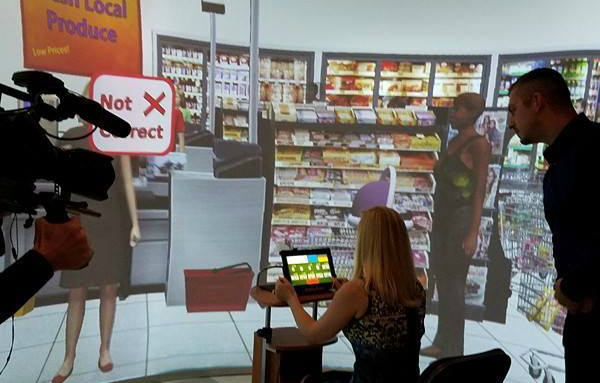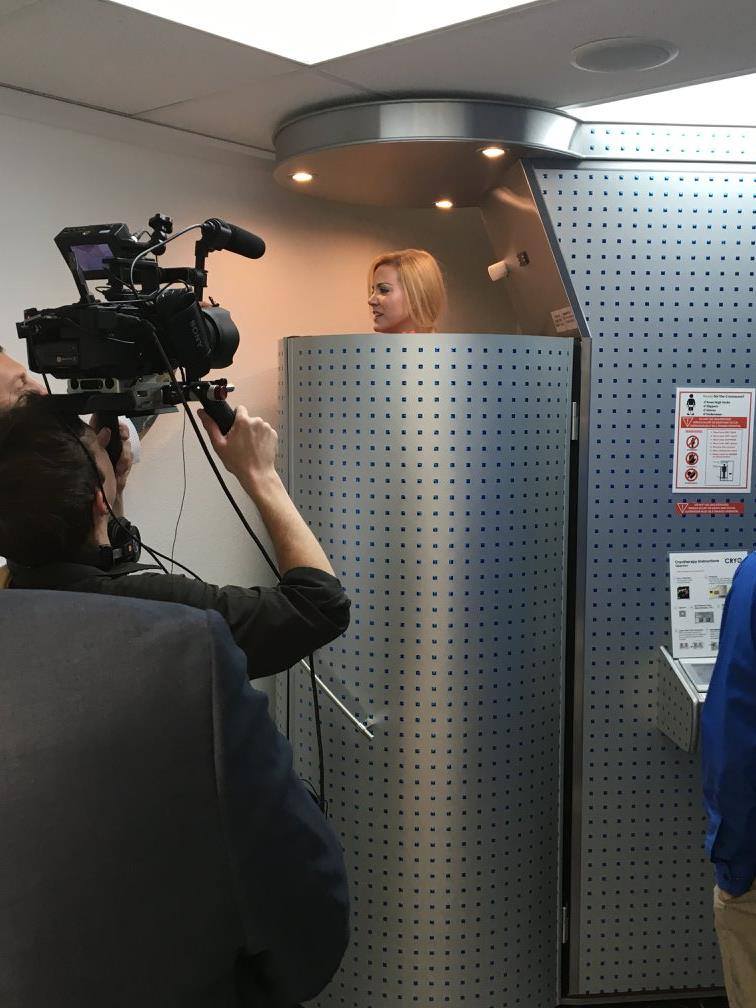American Medicine Today spent the day at the University of South Florida’s VR4VR facility.
Using Virtual Reality and Robotics Technologies for Vocational Evaluation, Training and Placement (VR4VR) is a project that incorporates Virtual Reality into job training to increase job opportunities for people who have physical or mental disabilities. The investigators are using Virtual Reality and robotics for job evaluation, training and placement of people with disabilities. The investigators’ goal is to assess and train people in a safe, adaptable, and fun virtual environment similar to a video game.
This is an interventional study with three target populations: autism spectrum disorder, traumatic brain injury, and severe mobility and manipulation impairments. The prototype system allows for a wide range of environments with the vocational evaluator easily controlling the virtual experience, while the job seekers interact realistically.
Learn more about VR4VR, and how to become a part of its clinical trials, at this link: https://clinicaltrials.gov/ct2/show/NCT02498262

